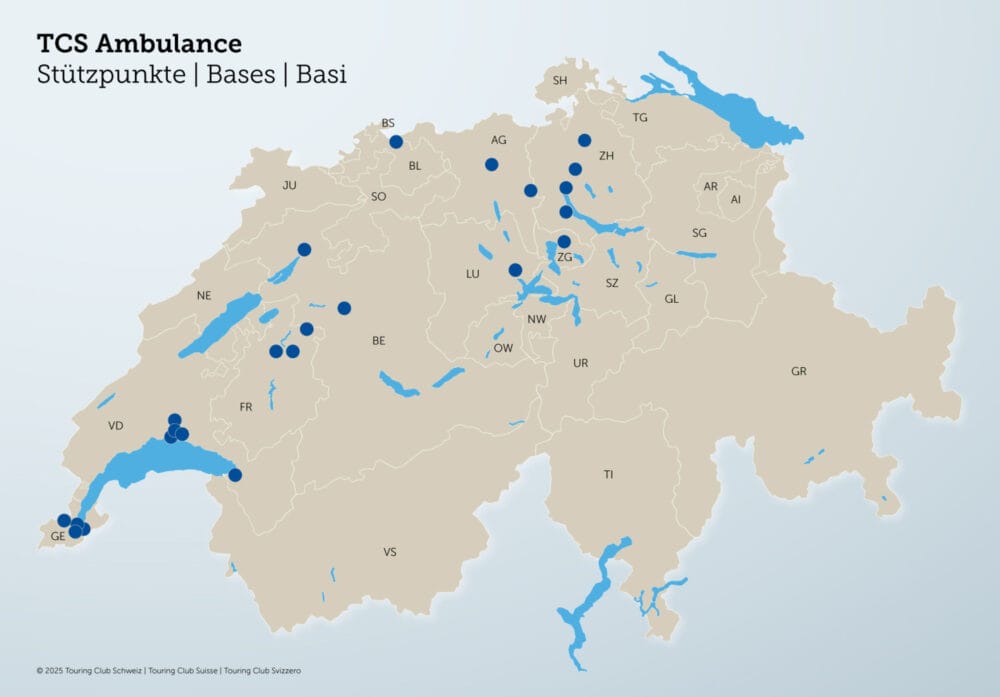Why video conferencing makes us so tired
The global pandemic and working from home have prompted millions of people to work from home. Professional social interactions "in person" have given way to another form of communication: video conferencing.

Video conferencing is the most comprehensive communication tool because it combines the synchronization of conversations with the perception of non-verbal information that facilitates understanding between the conversation partners.¹ However, it is not flawless, and we will explain how the use of video conferencing can knock us out and what can be done about it.
Reducing the flood of information in the video conference
Our brain can only process a certain amount of information at the same time,² and video conferencing can put it in a state of mental overload, because due to the mosaic view inherent in the system that video conferencing presents us with, our gaze captures ten environments, faces and people in motion at the same time.
To prevent this overload during video conferences with numerous participants, you should select a display mode in which only the person who is currently speaking is visible; this reduces the amount of information you have to process. You can also switch off your own video window. This is because we tend to focus on our face and control what "image we give off".
Avoid multitasking
Video conferencing encourages multitasking because, unlike in physical meetings, our conversation partners cannot see what we are doing; we are tempted to do other things on the side. In multitasking mode, however, our brains are not able to process information efficiently; instead, it causes us to lose time and increases the error rate.To limit distractions during video conferences and improve your concentration, you should limit your means of communication. You can also create a to-do list to jot down your thoughts. Once the video conference is over, you can then continue working with it.
Reduce mental fatigue
If the brain is engaged in the same activity for too long, it develops what is known as mental fatigue, which in turn impairs our efficiency. Video conferencing can promote the development of this fatigue because, unlike in physical meetings, we don't have to move from one place to another between two meetings, we can simply string the meetings together.
There are ways to minimize the mental fatigue caused by video conferencing. Firstly, plan short sessions (45 minutes instead of an hour) so that all participants have the opportunity to take a break at the end of the session. Reject or postpone meetings that are sandwiched between two video conferences and no longer allow for a break.
Video conferencing ultimately knocks us out for the three reasons mentioned above - but there are plenty of good ways to counteract fatigue. Use the ones you can best adapt to your work and take back control of this essential tool for remote social interactions.
Sources:
¹ http://www.senat.fr/fileadmin/Fichiers/Images/opecst/quatre_pages/OPECST_2021_0061_Note_Visioconference.pdf
² D. Kirsh, "A Few Thoughts on Cognitive Overload," Intellectica, vol. 1, no. 30, pp. 19-51, 2000.
³ D. Kahneman, Attention and effort. Prentice-Hall, 1973.









